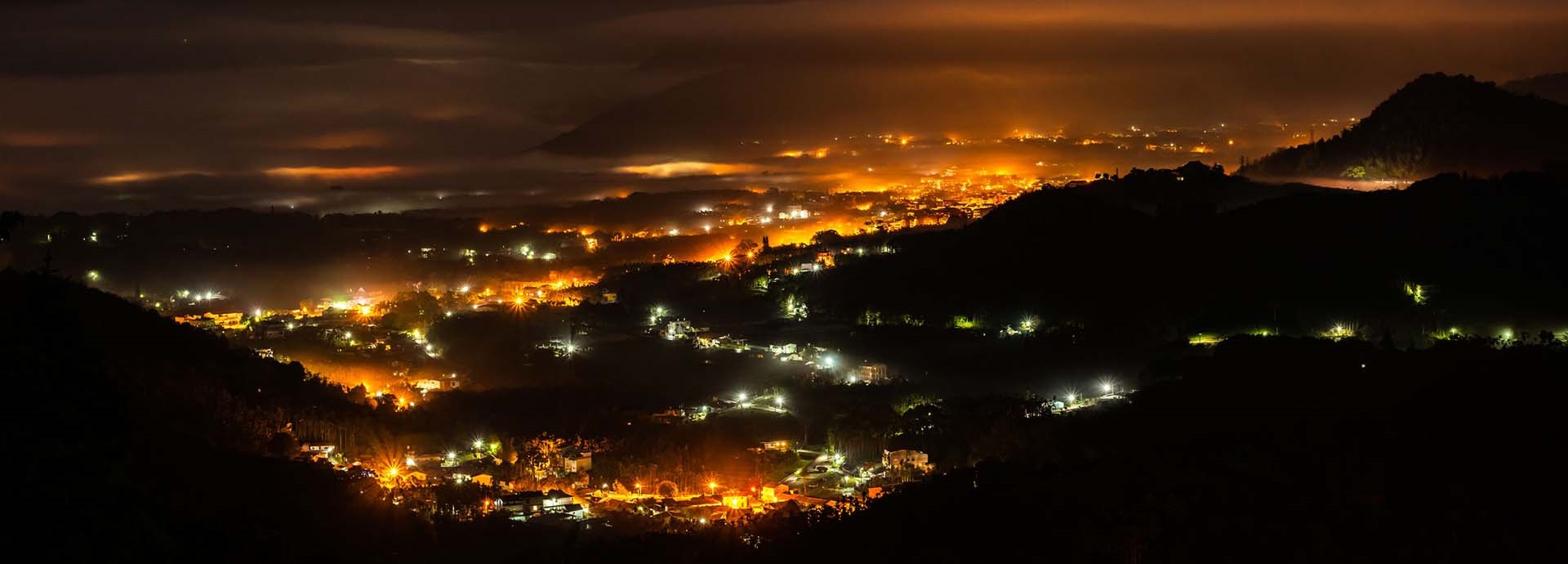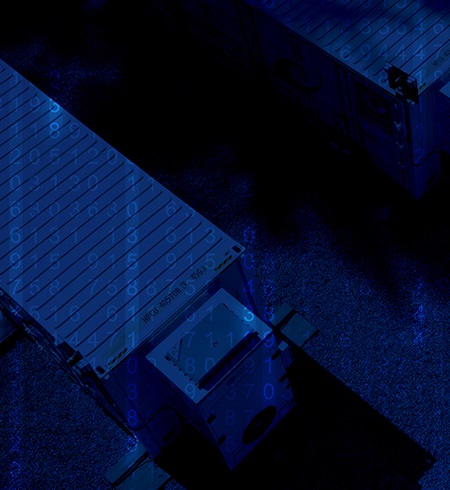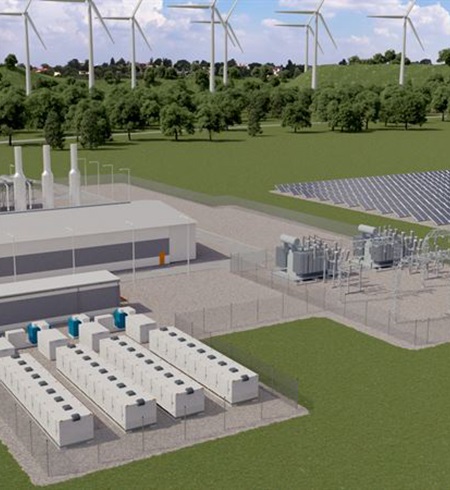

Balancing High Renewables with Operational Flexibility, Island-Style
Weather and seasonal daylight patterns play a significant role in energy production with renewable power from sources like solar, wind, and hydropower. As countries around the world make the transition towards 100 percent renewable, it is imperative these variables are considered in the planning of power systems to maintain reliability during periods of little to no renewable generation, all while minimizing environmental impact and cost to ratepayers. The systems need to be designed to operate reliably during all kinds of possible weather, not just on average days.
Accelerating decarbonization
Island grids face unique reliability and resiliency challenges before considering in the intermittency brough by high renewable penetration. Places like Hawaii and the island of Graciosa demonstrate how steps are being taken to not only work toward renewable energy goals to reduce carbon emissions, but to also optimize energy generation.
In 2015, Hawaii was the first state to pass a 100-percent clean renewable energy goal. Hawaii’s Renewable Portfolio Standard (RPS) requires power utilities in the state to procure 30 percent of their energy from renewables by December 31, 2020, 70 percent by December 31, 2040 and 100 percent by December 31, 2045.
Wärtsilä’s plant on the Hawaiian island of Oahu helps enable the integration of more solar photovoltaic (PV) generation on the island by providing fast-starting power on-demand. Schofield Barracks, HECO’s smart power generation power plant, consist of six Wärtsilä 34DF engines with a combined output of 50 MW.
The plant helps the company serve its approximately 300,000 customers on Oahu, the state’s most populous island. The power plant is located on Schofield Barracks Army base, about 40 kilometers from Honolulu. The plant also has multi-fuel capabilities, allowing it to run on a biofuel blend with biodiesel as a secondary fuel. The engines can switch fuels while running at full capacity – providing both operational and fuel flexibility to the system.
Engines and energy storage – a winning hybrid combination
Graciosa is one of many islands pursuing a hybrid approach to island grid energy generation. This new hybrid renewable power plant is managed by Wärtsilä’s sophisticated GEMS energy management system. The result is an integrated power system that combines renewables, engines and energy storage that can deliver both economic and environmental benefits.
The GEMS platform uses artificial intelligence and data to control and balance multiple energy assets, automatically optimising energy generation based on load patterns and weather forecasts, increasing the use of renewable energy and decreasing the cost of diesel power generation, while improving the reliability of the island’s energy grid.
“Since the island grid hybrid system came online in 2019, the diesel plant now works more like a back-up system, which has reduced fossil fuel consumption from 100 percent to 35 percent. This has saved 190 thousand liters of diesel fuel per month. And that’s only half the story. In 2020, there were 128 days when the island was entirely powered by renewable energy which was enabled by having battery energy storage installed and optimized with the GEMS platform.”- Jon Rodriguez, Energy Business Director, Engine Power Plants at Wärtsilä North America.
The Graciosa Hybrid Renewable Power Plant enables 1 MW of solar, 4.5 MW of wind power and a 6 MW / 3.2 MWh energy storage system reduces the islands’ reliance on petroleum imports and significantly reduces greenhouse gas emissions. Graciólica Lda’s end client, local utility EDA, anticipates this investment will boost renewable energy consumption from 15% to 65%. Not only does this reduce the island’s carbon footprint, but the hybrid island grid will also greatly impact the cost of energy going forward.
Flexible generation and the energy transition
Flexible generation will play a key role in the worldwide transition to a 100 percent carbon-free future. Recent Wärtsilä research reveals that G20 countries will need more than 3,500 GW of flexible generation to achieve 100 percent renewable energy. Being able to respond to changes in the power grid with firm power, whether from fluctuations in wind and solar production or extreme weather, will be critical to maintaining reliability and stability of the grid.
However, not all thermal units are up to the job. Some units, such as combined cycle gas turbines, need to start up at least an hour before power is needed and must run for several hours after they are started.
Flexible, simple cycle thermal units, like modern high-efficiency reciprocating engines, offer a high-performance solution when it comes to integration with renewable energy-based power systems. Such units have fast start times (five minutes or less), no starting costs, wide operating ranges, high efficiency and no minimum up or down time constraints.
Operationally, reciprocating engines are the closest thermal option to battery storage in terms of flexibility, but with large fuel storage they can operate constantly for longer time periods, providing seasonal energy storage needs through renewable fuels. That’s why they, together with power-to-gas which uses excess renewables to create fuels, provide the missing piece of the decarbonization puzzle.
“The output of wind and solar plants varies continuously based on time of day and weather conditions. Real life rarely aligns with consumption. There is either too much or too little renewable generation compared to consumption. Future carbon neutral fuels offer the most cost-efficient solution for long-term storage. An economic solution for long-term storage is needed to establish the security of supply during any weather scenario and to maintain affordable costs for power.” - Jussi Heikkinen, Director of Growth and Development, Wärtsilä Energy Business
Lessons learned from island power systems show us how reliable and resilient grids can be while still pushing forward towards decarbonized power generation when you integrate the right technology. Flexible thermal generation and energy storage technology must compliment renewable resources to make up for daily and seasonal intermittency. No man is an island, but that doesn’t mean your renewable power system can’t be located on one.

